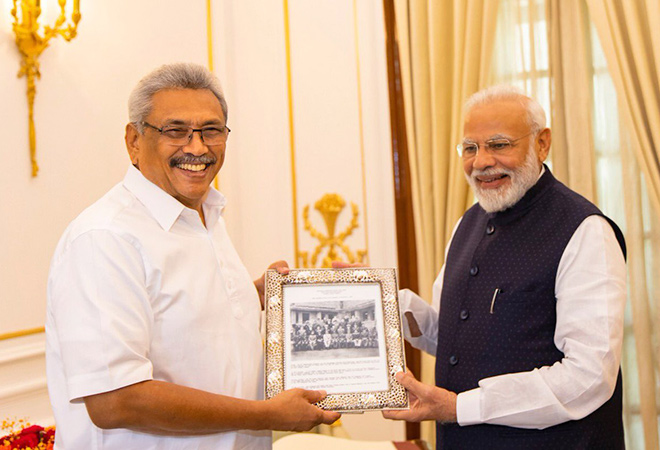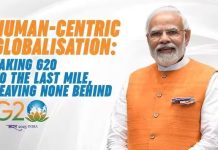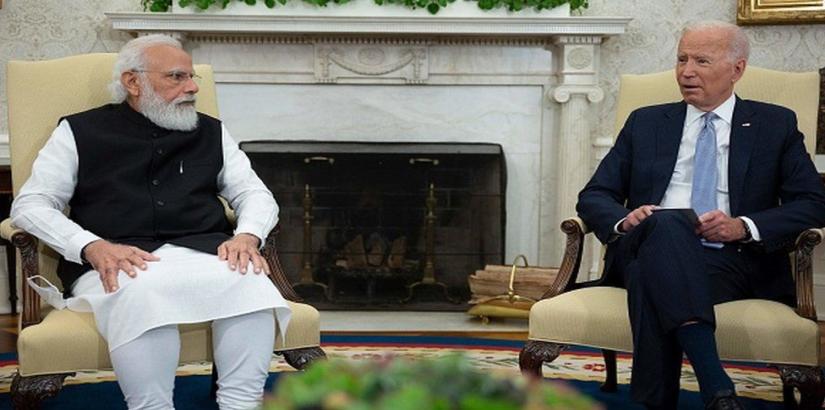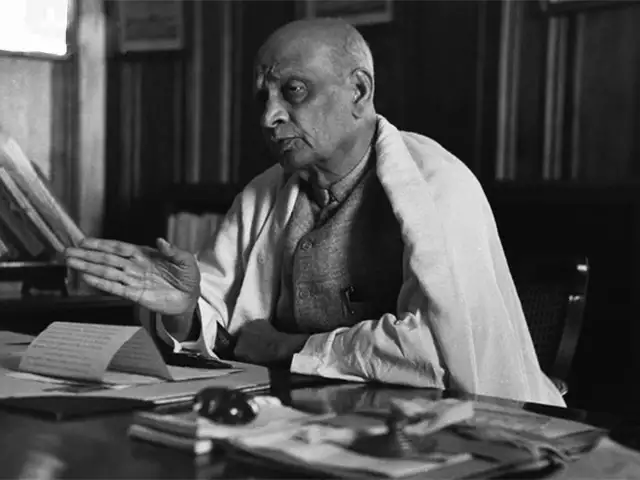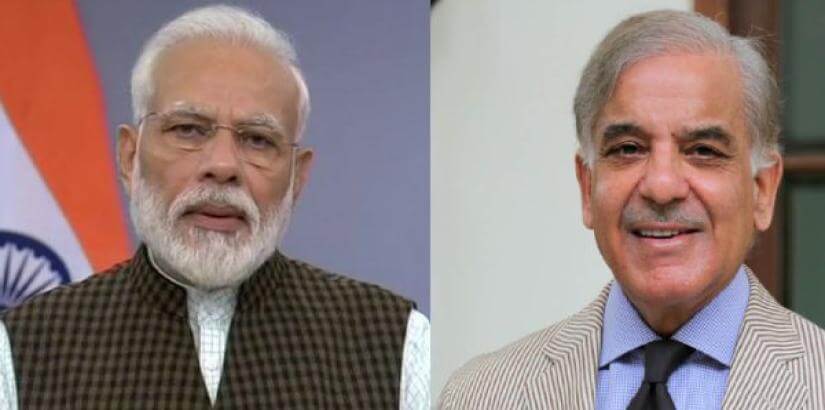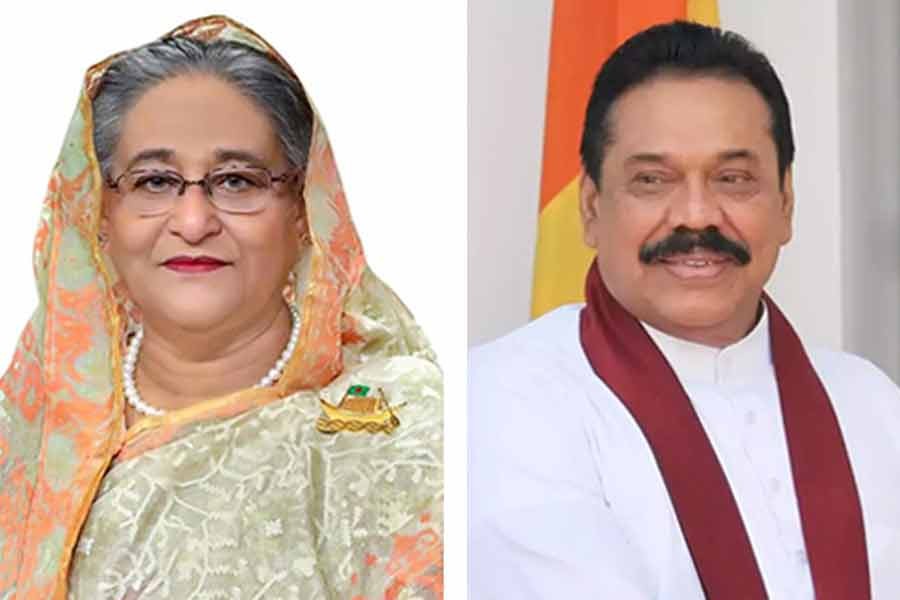N Chandra Mohan
India’s Prime Minister Narendra Modi was among the first callers to congratulate Sri Lanka’s Prime Minister Mahinda Rajapaksa on his party’s landslide electoral victory. The two leaders reiterated their “shared commitment to strengthen the age-old and multi-dimensional India-Sri Lankan relationship.” The strong intent to reset bilateral relations was signaled earlier when India’s External Affairs Minister S Jaishankar visited Colombo to meet Gotabaya Rajapaksa after he won the presidential election last November. President Rajapaksa visited Delhi on his first state visit within ten days of the election. So, too, did PM Mahinda Rajapaksa, the president’s brother, in February.
At a time when PM Modi’s outreach to the neighborhood is yielding diminishing returns, the reset with Sri Lanka is important for his efforts to kick start regional integration. China’s long shadow extends over South Asia. Given Sri Lanka’s strategic location in the Indian Ocean, India seeks to exert all its influence to rebalance the island nation away from the dragon’s embrace. India’s tensions with Pakistan are a hardy perennial. There are border issues with Nepal. Bangladesh has misgivings over the India’s Citizenship Amendment Act. It is perhaps only with Bhutan, Mauritius and Sri Lanka that there are no major contentious issues to deal with.
“Currently, there are no major barriers for closer relationship building for India compared with other neighbors”, wrote Austin Fernando, a former Sri Lankan high commissioner to India in The Wire. There are no critical bilateral issues to deal with barring an “occasional shout” on Kachchativu or Palk Bay fishing or finalizing the Economic and Technology Cooperation Agreement (ETCA) that was mooted five years ago. India must expeditiously address PM Rajapaksa’s request for a three-year moratorium on the USD 840 million debt owed by Colombo, besides finalizing the modalities of utilizing the USD 450 million in assistance extended last November.
Indian assistance
While India’s financial assistance may not match China’s in dollars and cents, it has made a huge difference towards the construction of more than 48,000 houses for the internally displaced people in the northern and eastern region of Sri Lanka. It has so far extended concessional financing of USD 1.8 billion through line of credit projects funded by the Export-Import Bank of India, of which USD 1.2 billion was committed for railway projects. The rebuilding of the Sri Lankan railway network after the civil war was done by India. Direct flights between Chennai and Jaffna have improved connectivity options for the Tamil population in the northern region.
Enhancing economic, business and investments is vital for resetting bilateral relations. On the last-mentioned factor, however, there may not be good news on India’s joint venture with the Sri Lankan government to develop the Mattala airport. Sri Lankan port workers have also opposed the investment by India in the East Container Terminal project in Colombo along with Japan. The Rajapaksa government, for its part, also may not honor the Memorandum of Understanding signed between India and the then Sri Lankan regime in 2017 according to which Indian investments were proposed for the development of the port and oil tank farms in Trincomalee.
Reconfigured FTA can be regional model
At a time when India is re-looking at all its free trade agreements like the one with the Association of Southeast Asian Nations, for instance, it must similarly re-examine its FTA with Sri Lanka that has been operational since March 2000. To be sure, two-way flows have grown over time but India has registered huge bilateral trade surpluses year after year, amounting to USD 2.9 billion in 2019-20. To make the FTA work better from Sri Lanka’s point of view, India must urgently explore ways and means to reduce this surplus, allowing unlimited access for Sri Lankan textiles, tea, spices and other commodities by scrapping tariff rate quotas.
A reconfigured FTA could well be a model agreement for other neighbors like Bangladesh, Nepal and Bhutan to underscore the fact that freer trade with the dominant partner in the region is not necessarily inimical to their interests. Encouraging more two-way trade is needed at the moment as both the Indian and Sri Lankan economies face negative growth due to Covid-19. It is only when Sri Lanka feels comfortable, that talks can be revived over ETCA that broadens the existing FTA to include trade in services, including movement of professionals. Such an agreement with Sri Lanka could well prove to be a game-changing development.
Clearly, India and Sri Lanka can do much to revitalize their multi-dimensional relationship. The warmth between the political leadership of both countries is a good augury for deeper engagement. There is a lot to be done to improve regional connectivity. While India’s investments in the island nation are significant, Sri Lankan investments in India, too, must be encouraged to create greater economic interdependencies. Above all else, India must secure Sri Lanka’s whole-hearted cooperation in ensuring maritime security in the Indian Ocean.
(The writer is an economics and business commentator based in New Delhi. South Asia Monitor

